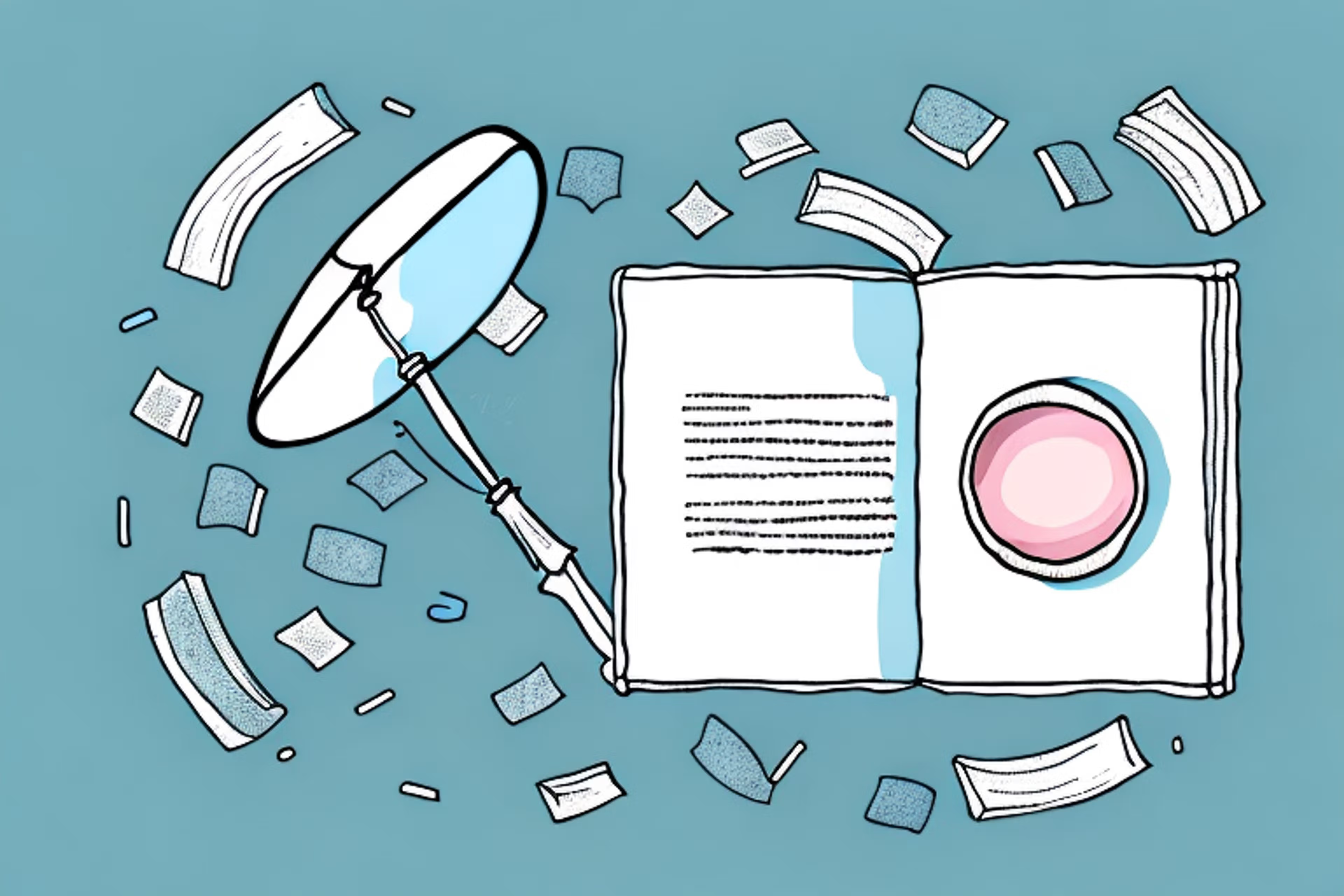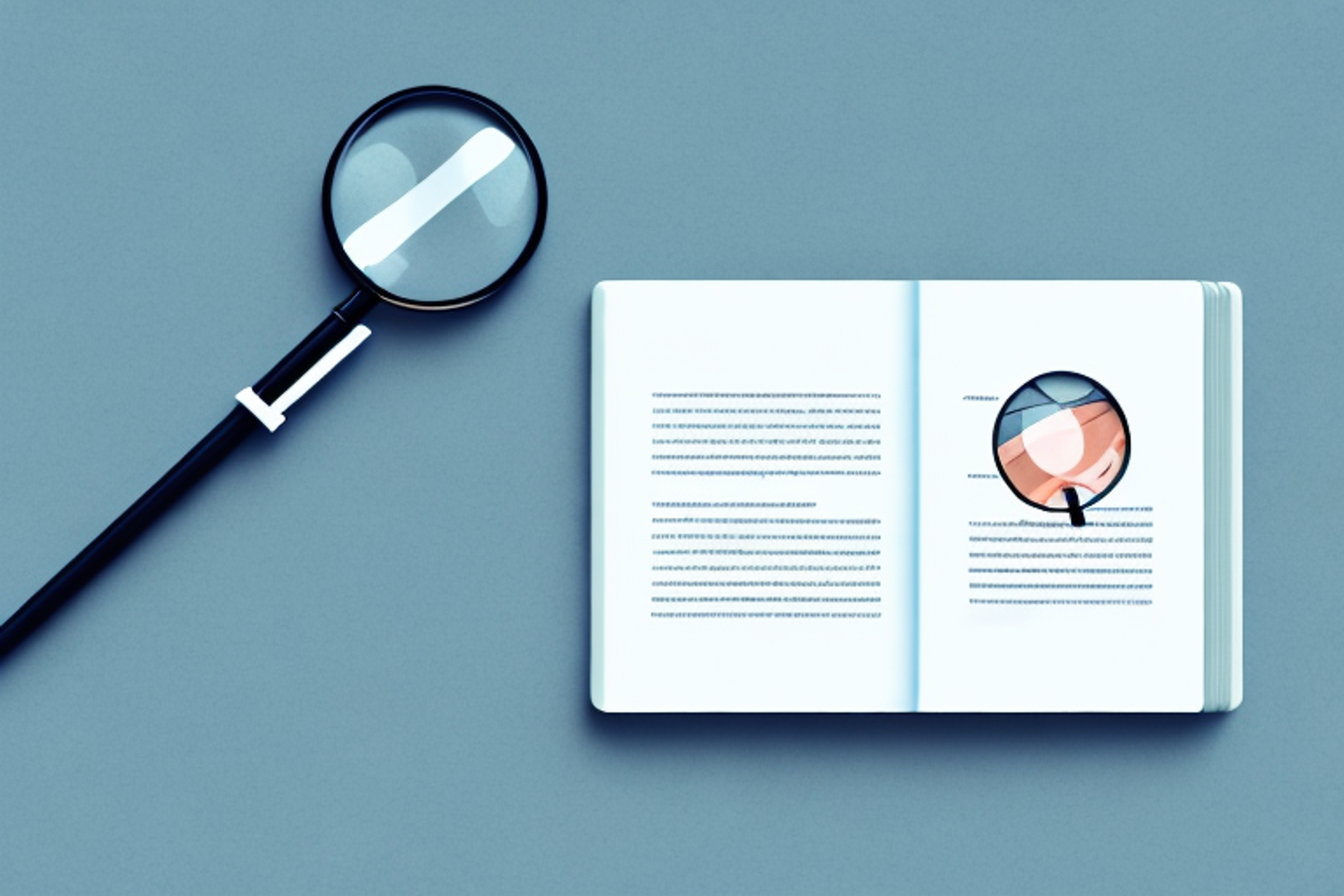
Table of Contents
Free Event

Featuring Khalouk S.
Mastering Strengthen & Weaken Questions on LSAT Logical Reasoning
Starting Monday, July 28
9:30 PM UTC · 75 minutes

Featuring Khalouk S.
LSAT is a competitive exam that law school aspirants take to secure a place in the top law schools of the country. One of the most important sections of the LSAT is the Reading Comprehension section. Scoring well in this section not only boosts your overall score but also helps you secure a seat in the law school of your choice. In this article, we will look at the 30 best resources that can help you prepare for the LSAT Reading Comprehension Section.
Introduction to the LSAT Reading Comprehension Section
The LSAT Reading Comprehension Section is designed to evaluate your ability to read, understand, and analyze complex and lengthy texts that are similar to those used in law school. It consists of four passages with 26-28 questions that test your understanding of the texts and your ability to draw conclusions from them. This section contributes one out of three sections on the LSAT, and is considered one of the most important for law school admissions.
Importance of LSAT Reading Comprehension Section in Law School Admissions
The Reading Comprehension Section of the LSAT holds significant weight in the admissions process of law schools. It tests your ability to read and understand long, complicated texts that resemble those used in law school. Law schools believe that the Reading Comprehension section of the LSAT evaluates a student's ability to succeed in the rigorous academic environment of law school.
How to Prepare for the LSAT Reading Comprehension Section
Preparation is the key to success in the LSAT Reading Comprehension section. The best way to prepare for this section is by taking practice tests and consistently working on your reading speed and comprehension ability. Apart from taking practice tests, you also need to identify your weaknesses and work on them. Moreover, you should be constantly analyzing your progress and adapting your study strategy accordingly.
Tips and Tricks to Ace the LSAT Reading Comprehension Section
The LSAT Reading Comprehension section is grueling, but with the right preparation and strategy, you can ace it. The key to success is to be a critical reader who can analyze texts accurately and quickly. To ace the LSAT Reading Comprehension section, you should practice regularly, build good reading habits, and familiarize yourself with the question types and testing format.
Understanding the Structure of the LSAT Reading Comprehension Section
Understanding the structure of the LSAT Reading Comprehension section is crucial to score well in this section. The Reading Comprehension section consists of four passages, and each passage is followed by 6-7 questions. You have 35 minutes to complete this section. Understanding the structure helps you manage your time more efficiently, thereby enabling you to answer more questions accurately.
Common Types of Questions in the LSAT Reading Comprehension Section
The LSAT Reading Comprehension section consists of four question types: Main Idea, Inference, Detail, and Structure. Understanding the types of questions you'll encounter in the LSAT Reading Comprehension section is critical. This knowledge helps you develop a strategy to tackle each question type more effectively.
How to Analyze and Interpret Texts in the LSAT Reading Comprehension Section
LSAT Reading Comprehension section texts are dense, lengthy, and require careful interpretation. To master the section, it's important to develop a system of analyzing and interpreting texts. One of the most effective techniques is active reading, which involves highlighting, note-taking, and summarizing the text. Another technique is summarizing paragraphs and identifying the main point of the passage.
Top 10 Books for Improving your Reading Skills for the LSAT Reading Comprehension Section
Books remain one of the best resources for improving your reading skills for the LSAT Reading Comprehension section. Some of the best books include The LSAT Trainer by Mike Kim, The PowerScore LSAT Reading Comprehension Bible by David M. Killoran, and The Manhattan Prep LSAT Reading Comprehension Strategy Guide by Manhattan Prep Publishing. These books provide comprehensive content, practice drills, and strategies to help you master the LSAT Reading Comprehension section.
Best Online Resources for Practicing for the LSAT Reading Comprehension Section
The internet is full of resources that you can use to practice for the LSAT Reading Comprehension section. Some of the best online resources include Khan Academy, 7Sage, and LSAC's official LSAT prep. These resources provide high-quality content, practice drills, and even interactive tools, like video explanations, that help you master the LSAT Reading Comprehension section.
How to Stay Focused and Manage Time Effectively During the LSAT Reading Comprehension Section
The LSAT Reading Comprehension section is a timed section, and as such, time management is a critical factor for success. To manage time effectively during this section, you should budget your time, stay focused, and avoid getting bogged down by difficult passages. Strategies like active reading and quick note-taking will help you stay focused and manage your time more effectively in this section.
Expert Advice on Approaching Difficult Passages in the LSAT Reading Comprehension Section
Difficult passages can make or break your score in the LSAT Reading Comprehension section. The best way to tackle challenging passages is to identify the main point of the passage and break it down into smaller parts for easier understanding. Summarizing paragraphs as you read also helps to keep the information fresh in your mind.
Importance of Vocabulary Building for Success in the LSAT Reading Comprehension Section
The LSAT Reading Comprehension section texts contain complicated and technical language. Building your vocabulary is essential to score well in this section. Incorporating vocabulary-building exercises into your study routine boosts your understanding of the text and reduces your response time.
How to Keep Track of Your Progress While Practicing for the LSAT Reading Comprehension Section
Keeping track of your progress while practicing for the LSAT Reading Comprehension section is critical to monitor your weaknesses and tailor your study plan accordingly. You can track your progress by taking regular practice tests, identifying incorrect answers, and analyzing your performance to make the necessary adjustments to your study plan.
Best Study Techniques for Preparing for the LSAT Reading Comprehension Section
The best study techniques for preparing for the LSAT Reading Comprehension section include active reading, practicing regularly, developing critical reading skills, and managing your time effectively. Incorporating these techniques into your study plan will help you maximize your potential and improve your score in this section.
How to Balance Practice Between The Three Sections of The LSAT
The LSAT consists of three sections: Logical Reasoning, Analytical Reasoning, and Reading Comprehension. Balancing your practice time between these sections is critical to improve your overall score. The most effective way to balance your practice is to divide your study time equally between sections and to focus on strengthening your weaker areas.
Common Mistakes To Avoid During The LSAT Reading Comprehension section
Common mistakes to avoid during the LSAT Reading Comprehension section include skimming the text, jumping to conclusions, excluding vital information, and obsessing over difficult questions. Practicing regularly, highlighting and note-taking while reading, and developing critical reading skills will help you avoid these mistakes.
The Role Of Previous Knowledge In The LSAT Reading Comprehension Test
Previous knowledge is not essential in the LSAT Reading Comprehension section. The texts in this section are designed to test your critical reading and comprehension skills rather than your prior knowledge on a subject. Moreover, time spent researching the background of the topics in the passages is time wasted and will detract from your performance during the section.
How To Approach Comparative Passages In The LSAT Reading Comprehension Test
Comparative passages are one of the most challenging aspects of the LSAT Reading Comprehension section. The best way to approach them is to develop a system that helps you compare the passages more effectively. Outlining the similarities and differences between the passages on paper and identifying the main point of each passage are effective techniques to tackle comparative passages.
Tips For Mastering The Comparative Passages In The LSAT Reading Comprehension Test.
Tips for mastering comparative passages in the LSAT Reading Comprehension section include focusing on the key differences, identifying the authors' perspective, and analyzing the structure of the passages. Moreover, outlining the similarities and differences between the passages and analyzing how they relate to one another will also help you master comparative passages.
How To Improve Your Speed And Accuracy For The LSAT Reading Comprehension Test.
Improving your speed and accuracy for the LSAT Reading Comprehension section involves developing critical reading skills, practicing regularly, and identifying your weaknesses. Strategies like active reading, highlighting, and note-taking also help you read more quickly and comprehend better. With consistent practice, you can improve both your speed and accuracy.
How To Take Advantage Of The Digital Format Of The LSAT Reading Comprehension Test
The digital format of the LSAT Reading Comprehension section provides test-takers with several advantages. These include the ability to highlight text, take notes, cross out answers, and flag questions for review. To take advantage of the digital format, you should become familiar with the software, use shortcuts and tools to save time, and practice regularly on a digital platform.
What You Need To Know About Time Management In The LSAT Reading Comprehension Test
Time management is crucial to score well in the LSAT Reading Comprehension section. To manage your time effectively, you should budget your time, avoid getting bogged down by difficult passages, and maintain a steady pace. Taking regular practice tests and analyzing your performance will help you develop a more efficient study plan and time management strategy.
The Importance Of Active Reading Strategies In The LSAT Reading Comprehension Test
Active reading strategies are essential to score well in the LSAT Reading Comprehension section. These strategies help you read more quickly and comprehend better. They include highlighting, note-taking, and summarizing the text. Moreover, breaking down paragraphs into smaller parts and identifying the main point of the passage will help you better understand the text and answer questions more accurately.
How To Effectively Use Highlighting And Underlining In The LSAT Reading Comprehension Test
Highlighting and underlining are effective tools to use while reading texts in the LSAT Reading Comprehension section. These tools help you identify the main point of the text, distinguish between important and irrelevant information, and create a visual representation of the texts. However, it's important to use these tools judiciously, as overuse can detract from your performance.
How To Deal With Stress During The LSAT Reading Comprehension Test
The LSAT Reading Comprehension section can be stressful, but with the right mindset and preparation, you can effectively manage stress. Some tips to manage stress during this section include taking deep breaths, staying calm and focused, and taking breaks between passages. Moreover, practicing regularly and developing a study strategy will also help you feel more confident during the actual test.
How To Review Your Answers After The LSAT Reading Comprehension Test
Reviewing your answers after the LSAT Reading Comprehension section is critical to identify your weaknesses and improve your score in this section. To review your answers, identify the incorrect answers, read the explanations, and understand why you got them wrong. Moreover, analyzing your performance and identifying patterns will help you identify the areas you need to improve on.
Common Myths About The LSAT Reading Comprehension Section Debunked
There are several myths surrounding the LSAT Reading Comprehension section. Some of the most common myths include the belief that previous knowledge is essential, that the section tests your ability to retain information, and that it can be grueling and demotivating. It's important to debunk these myths, as it can help you develop an accurate and effective study strategy.
How to Develop a Successful Strategy for the LSAT Reading Comprehension Section
Developing a successful strategy for the LSAT Reading Comprehension section involves understanding the format and structure of the section, identifying your weaknesses, and developing a study plan that balances practice between the different sections of the LSAT. Incorporating active reading strategies, vocabulary building exercises, and time management techniques will also help you improve your score in this section.
Conclusion: Tips for Success in the LSAT Reading Comprehension Section
To succeed in the LSAT Reading Comprehension section, you need to develop a comprehensive and efficient study plan that incorporates the tips and resources mentioned in this article. It's integral to practice regularly, develop critical reading strategies, and manage your time effectively. By following these tips, you not only strengthen your score in this section but also improve your chances of securing a seat in the law school of your choice.











